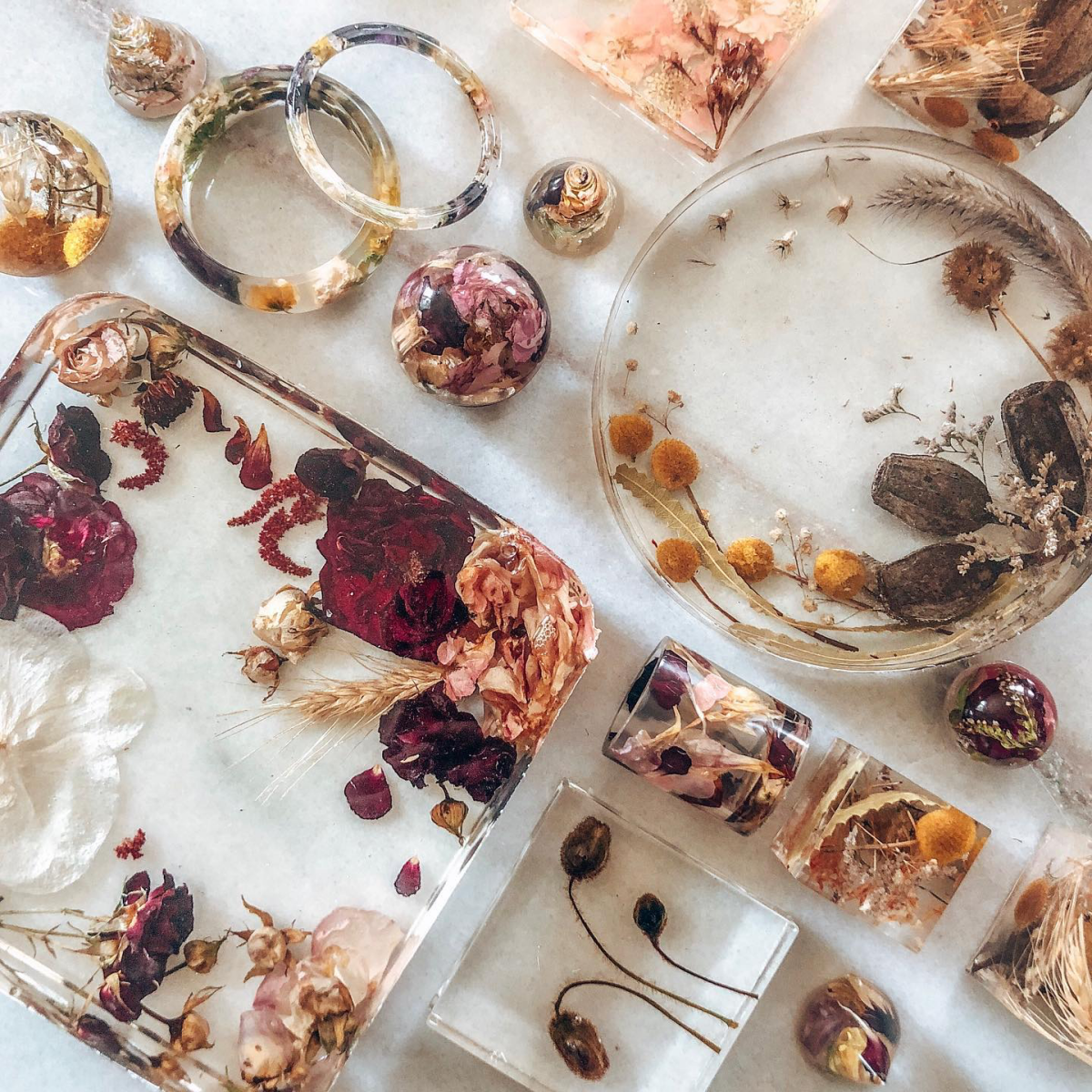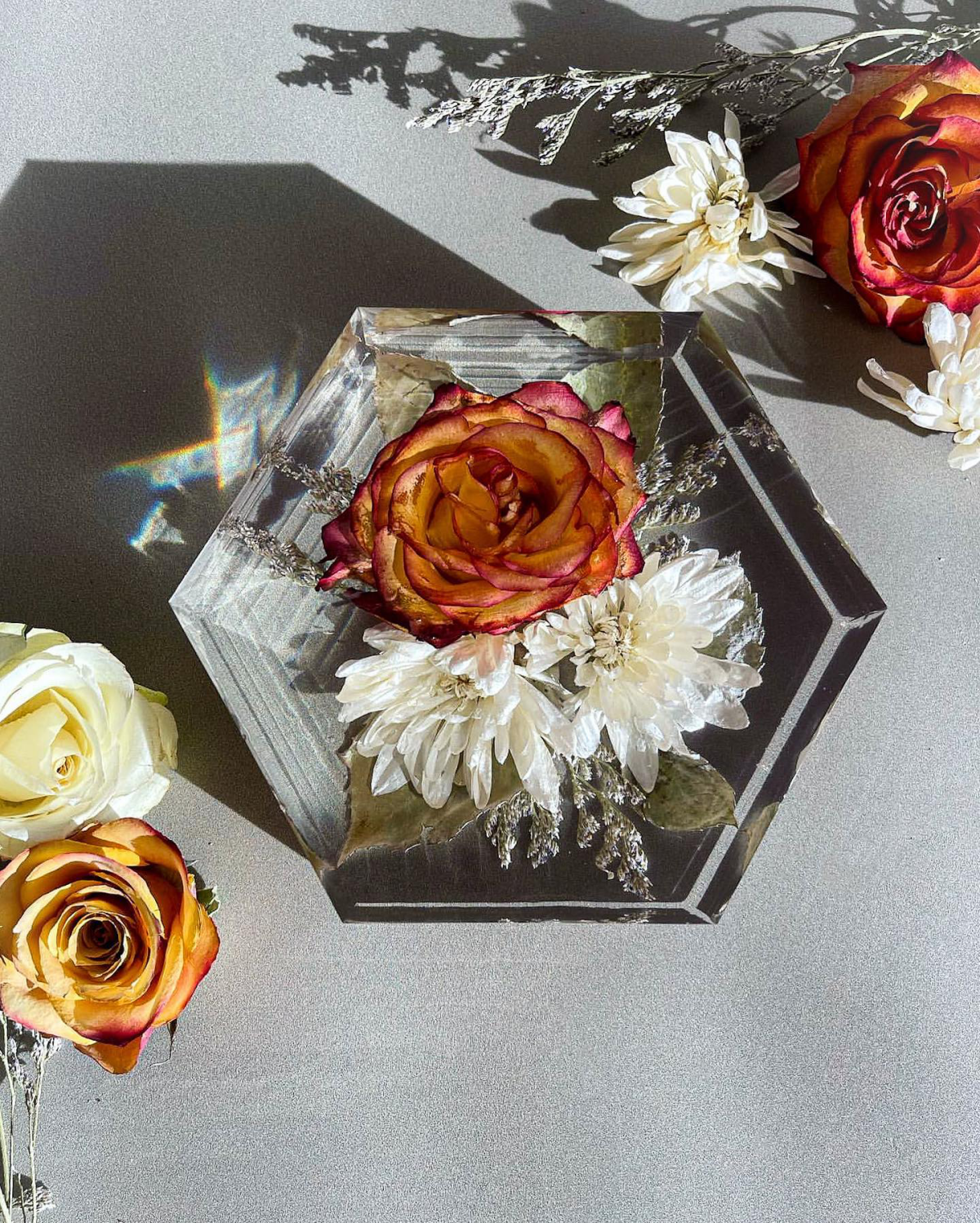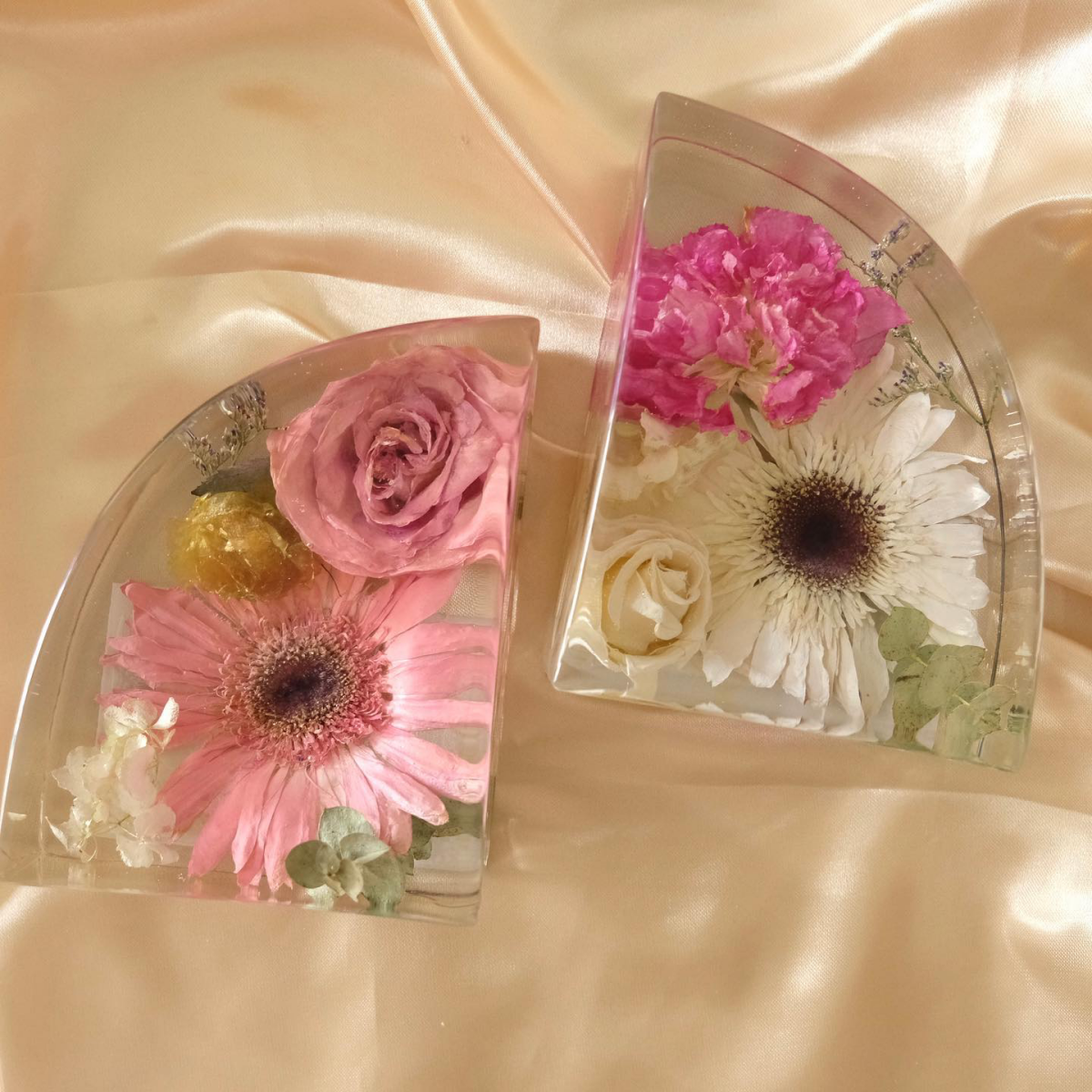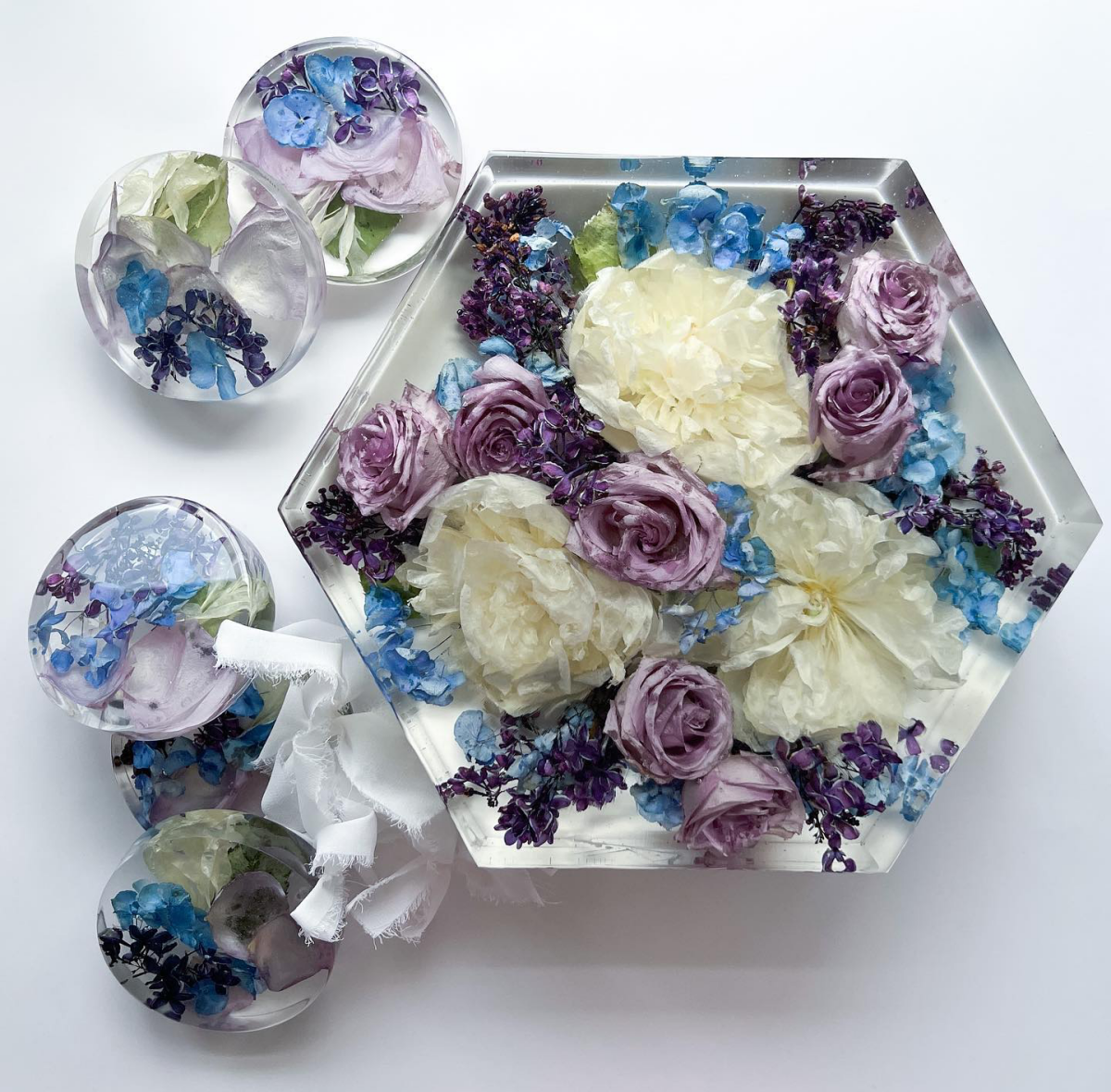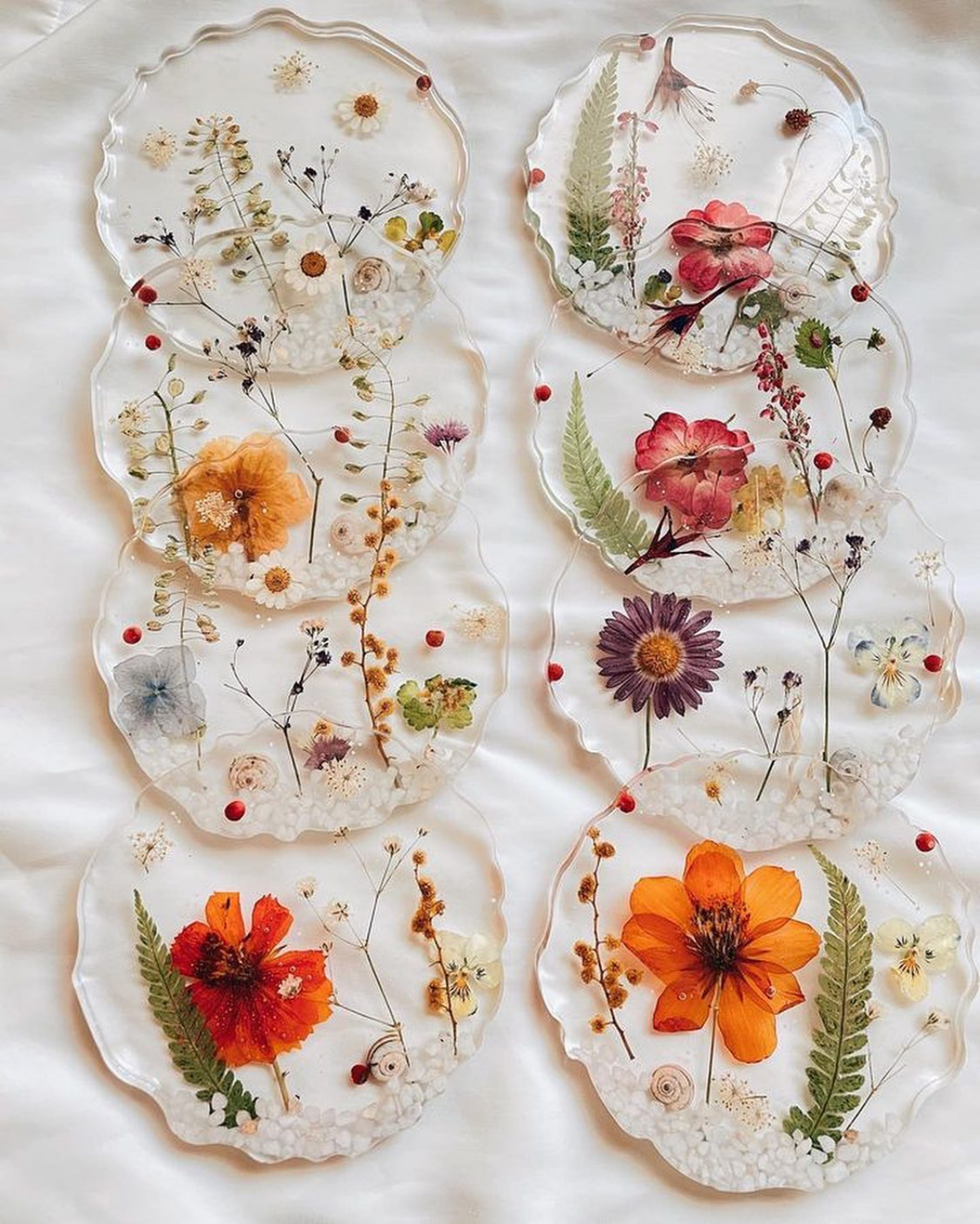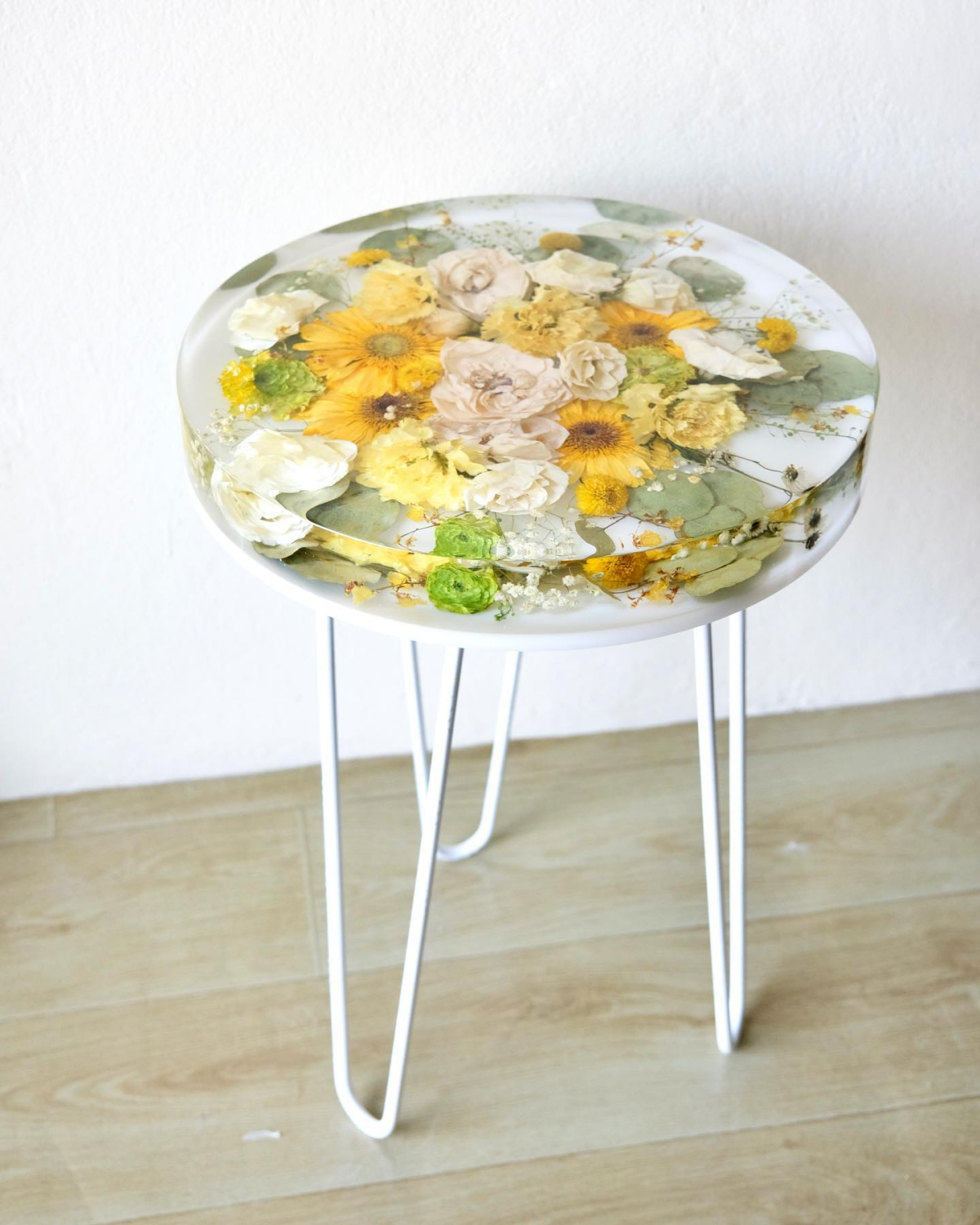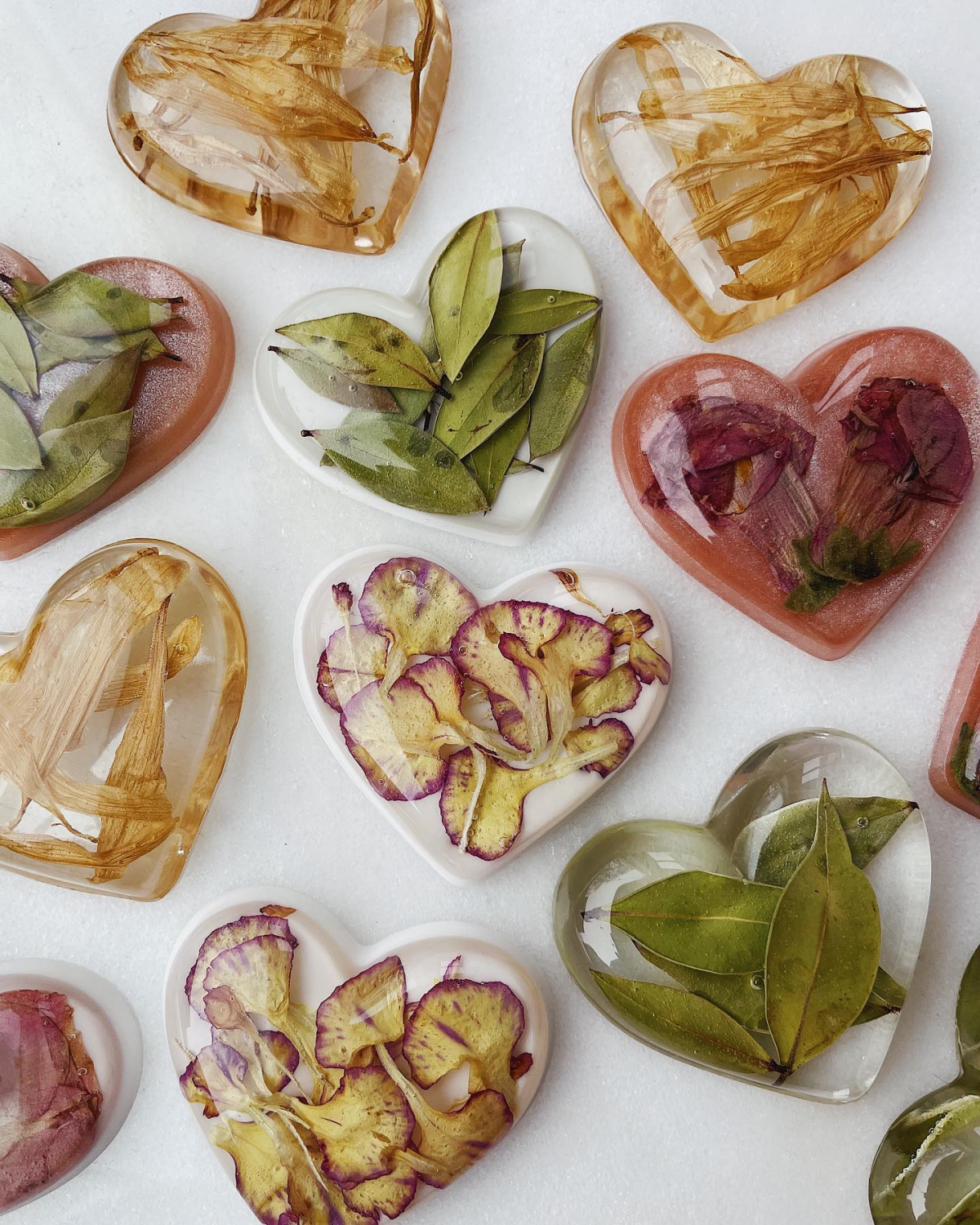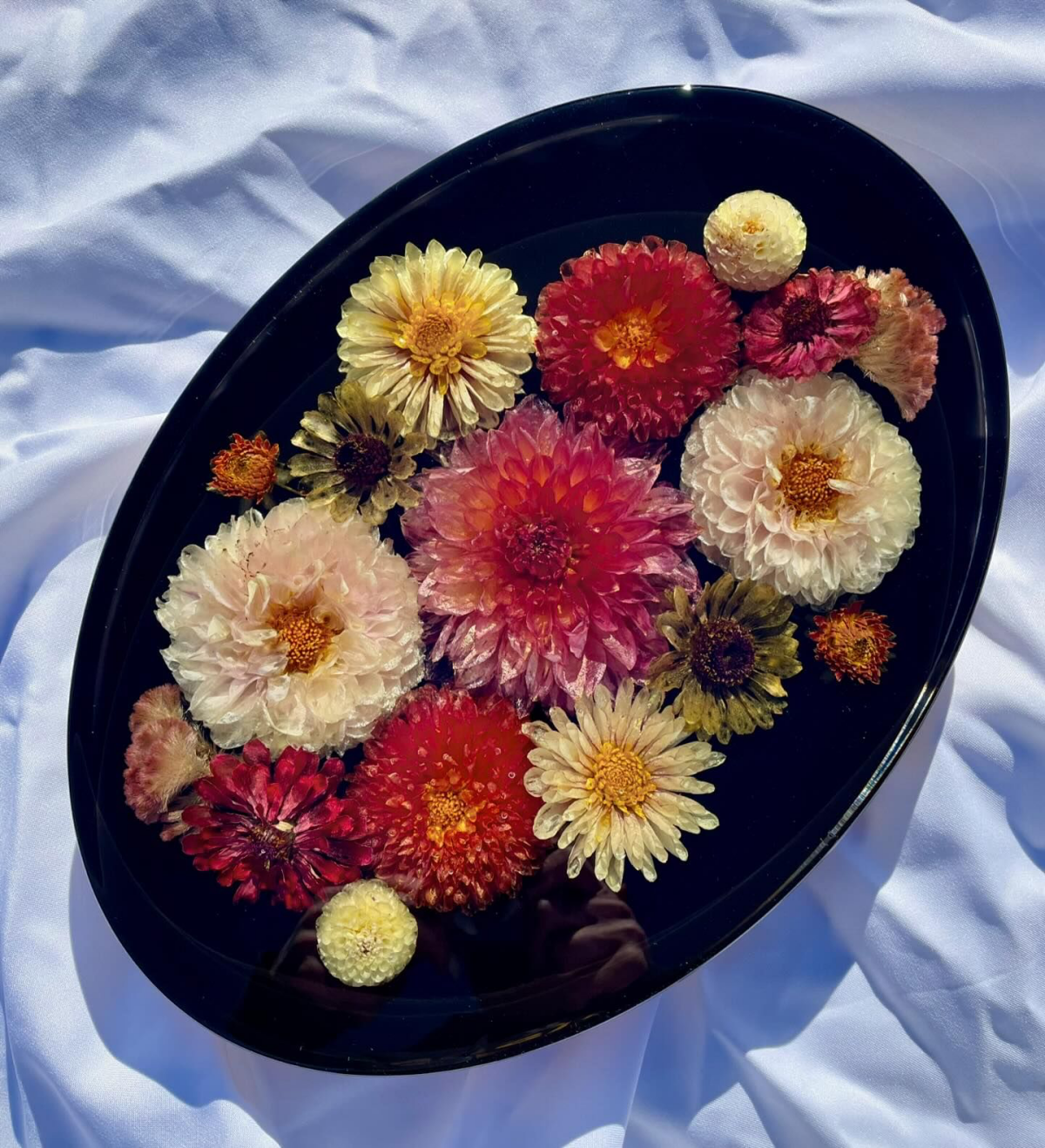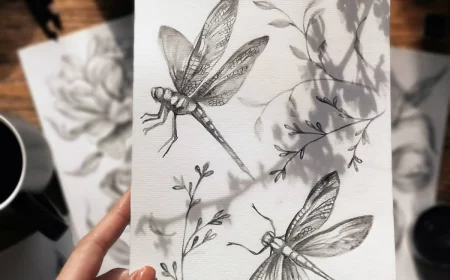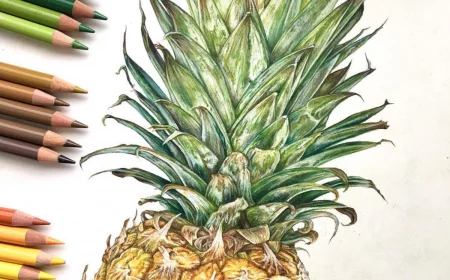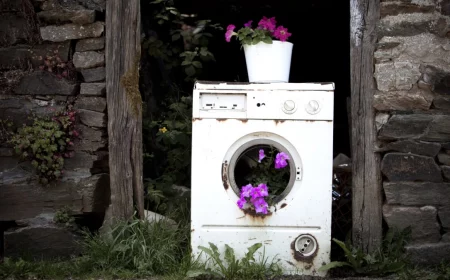Everything You Need To Know About Resin Flower Preservation
As I find myself at a crossroads, eagerly searching for a new hobby that combines my love for nature with the thrill of crafting, the art of preserving flowers in resin captures my imagination. Not long ago, a dear friend announced her upcoming wedding, sparking the idea of preserving her bridal bouquet in resin as a timeless keepsake. The thought of capturing the beauty and sentimentality of those flowers forever seemed like the perfect challenge to embark upon. That’s why today, I will share with you everything you need to know everything about resin flower preservation that I learned from experts like Elaine Huang and Brandee Hoffmann.
Dive into the art of resin flower preservation
Resin Flower Preservation Guide
There are many things you can make with resin. You can make resin jewelry, resin decor and more. But the allure of preserving flowers in resin lies not just in the creation of lasting memories but in the ability to craft unique pieces of art. Elaine Huang, a seasoned resin artist and Micheals Maker, champions the preservation of flowers for their sentimental value and aesthetic appeal. Brandee Hoffmann, founder of Resin Art by Bee, sees the versatility of resin in transforming ordinary bouquets into functional home décor items like ring holders, coasters, and trinket trays. Meanwhile, Katherine Swift of Resin Obsession shares insights into the technical aspects of working with resin, emphasizing the importance of choosing the right materials for clarity and durability.
Venture here creativity meets eternity
Choose the right materials
When embarking on resin flower preservation, prioritizing safety and quality is essential. Experts like Elaine Huang for Martha Stewart.com recommend the use of protective gear, including gloves, goggles, and a respirator, to safeguard against the chemicals involved in resin work. Additionally, selecting high-quality resin and molds is crucial for achieving clear and durable results. Inspired by Brandee Hoffmann’s creative projects, it’s evident that using premium materials not only enhances the beauty of the final piece but also its longevity.
- Resin: For those new to resin art, epoxy resin comes highly recommended. Its ease of use and clarity make it ideal for beginners. Look for brands specifically offering UV resistance to ensure your preserved flowers maintain their beauty without yellowing over time.
- Protective Gear: The chemicals involved in resin work can be harmful, making protective gear essential. A respirator mask equipped with organic vapor cartridges, nitrile gloves, and safety goggles will protect you from fumes and skin irritants.
- Molds: Silicone molds are versatile and user-friendly, perfect for creating everything from jewelry to coasters. They’re available in various shapes and sizes, allowing you to pick those that best fit your project goals.
The right tools make everything bloom
Prepare your workspace
When embarking on resin projects, prioritizing safety is paramount to ensure a healthy and enjoyable crafting experience. Always work in a well-ventilated area or wear a respirator mask designed to filter out organic vapors to minimize the inhalation of potentially harmful fumes. Protect your skin and eyes by wearing nitrile gloves and safety goggles, as direct contact with resin and hardeners can cause irritation or allergic reactions. It’s crucial to responsibly dispose of resin materials according to local regulations, avoiding contamination of water systems and harm to wildlife by ensuring uncured resin is fully hardened before disposal. Quickly address any spills with protective gear on, using absorbent materials to clean up and disposing of them properly. Store resin and hardener in cool, dry places, securely sealed and out of reach of children and pets, to maintain safety and material integrity.
A tidy space is like fertile soil
Prepare the flowers
While you can press flowers, resin preservation is more fun! Proper preparation of the flowers is crucial for a successful preservation project. Drying the flowers thoroughly before embedding them in resin is key to preventing discoloration and decay. Techniques like air drying, pressing, using silica gel, or even microwave drying are effective, each offering unique benefits. Microwave drying, for example, provides a quick method for preserving color, making it an attractive option for those looking to retain the vibrant hues of their blooms.
Drying flowers is like bottling sunshine
Mixing and pouring
The process of mixing resin and hardener is a delicate one, requiring attention to detail and patience. Following the advice of experts to mix slowly can significantly reduce the formation of bubbles, which can mar the clarity of the resin. Carefully follow the manufacturer’s instructions for the correct resin-to-hardener ratio. Mix slowly to minimize air bubbles, aiming for a clear mixture after about 3-5 minutes of stirring. Pour a thin layer of resin into your chosen mold. Then, gently place your dried flowers on top, adjusting their position with a toothpick if necessary. After the first layer has slightly cured (typically 2-4 hours), add a second layer to fully encapsulate the flowers.
Mixing resin is the alchemy of art
Curing and finishing touches
The curing process is critical to achieving a clear and solid final product.Let the resin cure according to the manufacturer’s instructions, usually for 24-72 hours, depending on the resin type and pour thickness. Utilizing tools like a heat gun, as suggested by Brandee Hoffmann, can help eliminate any bubbles that appear during the curing process. Once cured, the demolding process reveals the beautifully preserved flowers, ready for any final touches such as sanding sharp edges or applying a polish for extra shine.
Patience in curing brings the blossom of success
Tackling common issues
Encountering issues like bubbles, discoloration, and uneven curing is not uncommon in resin work. Addressing these challenges head-on by refining techniques and ensuring optimal working conditions, such as proper flower drying and correct resin mixing ratios, can help minimize these problems.
- Bubbles: If bubbles form after pouring, gently pass a heat gun or torch over them at a safe distance to pop them, ideally within the first few hours of curing.
- Sticky Resin: Tackiness may indicate improper mixing or insufficient curing time. Verify the mix ratio and allow more time for the resin to cure.
- Discoloration: Complete drying of flowers before encapsulation is essential to avoid discoloration. Using UV-resistant resin helps maintain the color integrity of both the flowers and the resin.
Every challenge is a stepping stone to mastery
Safety precautions
Starting your resin flower preservation project on the right foot involves setting up a workspace that’s both clean and safe. Covering your work area with wax paper or a silicone mat is the first step in safeguarding surfaces from spills or drips, which are inevitable when working with resin. These coverings not only protect but also make cleanup much easier, as cured resin can be peeled off from silicone, and wax paper can be disposed of after use. Equally important is ensuring your workspace is well-ventilated. Working with resin in a closed environment can lead to the buildup of fumes, which may be harmful over time. Opening windows or working in an open-air space can help, but if that’s not feasible, positioning a fan to circulate air effectively reduces exposure to these fumes.
Craft safely
How To Take Care of Resin Flowers
To ensure the longevity of resin-preserved flowers, proper care is essential. Keeping these pieces out of direct sunlight helps prevent UV damage, which can lead to yellowing of the resin over time. Regular cleaning with a soft, damp cloth can keep the resin looking clear and bright, allowing the beauty of the preserved flowers to shine through for years to come.
Preserving your resin flowers keeps their beauty eternal
In embarking on this journey of resin flower preservation, I discovered not just a hobby but a passion. It’s a process that demands patience, precision, and creativity. But the reward—holding a moment in time, preserved in resin—is incomparable. Whether you’re looking to preserve a memory, craft a unique gift, or simply explore your creative boundaries, resin flower preservation offers a beautifully tangible way to capture the fleeting beauty of nature.
This craft is a gateway to a world where nature’s ephemeral charm is immortalized
FAQs
How long do resin flowers last?
Resin flowers can last indefinitely with proper care, acting as timeless keepsakes. The key to their longevity lies in avoiding direct sunlight, as UV rays can yellow the resin over time. Utilizing UV-resistant resin and displaying these pieces in indirect light helps preserve their beauty for years, allowing these preserved treasures to potentially become cherished family heirlooms.
What resin is best for fresh flowers?
For fresh flowers, epoxy resin is the best choice due to its clear finish and depth accommodation. Deep pour epoxy resin is particularly suitable, as it cures slowly, preventing heat damage to delicate petals. However, ensuring flowers are completely dried before encapsulation is crucial to prevent any adverse reactions within the resin.
Why did my flowers change color in resin?
Color changes in resin-preserved flowers can result from moisture, chemical reactions between the resin and flower pigments, or UV light exposure. Ensuring flowers are thoroughly dried and using UV-resistant resin can mitigate these issues. Keeping resin pieces away from direct sunlight further helps in maintaining the original colors of the preserved flowers.
How do you preserve fresh flowers permanently?
To permanently preserve fresh flowers, they must be thoroughly dried to remove all moisture. Techniques like air drying, pressing between heavy books, or using silica gel are effective, each with unique benefits. Microwave drying offers a quick solution while preserving color well. Completely dried flowers can then be safely encapsulated in resin, ensuring their beauty is preserved without deterioration.
Embark on this resin flower preservation journey

